Home>Gardening & Outdoor>Landscaping Ideas>What To Use Under Artificial Grass
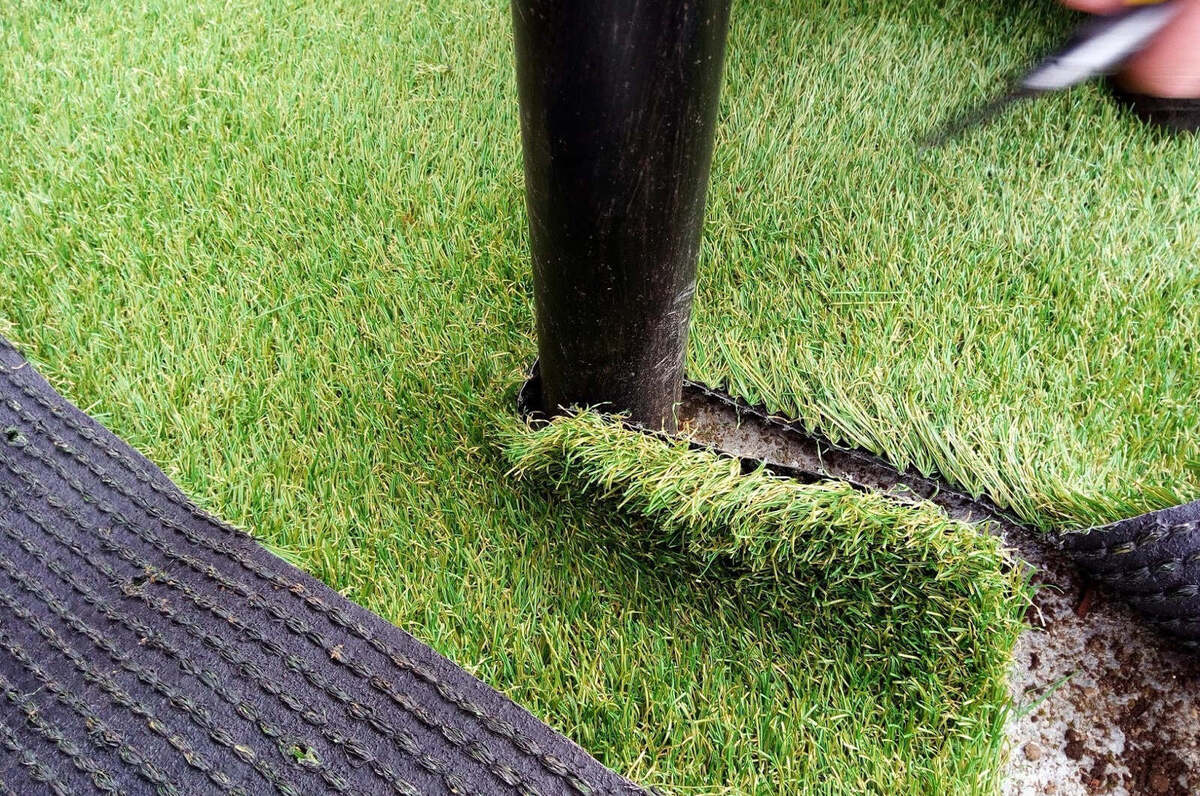

Landscaping Ideas
What To Use Under Artificial Grass
Modified: March 28, 2024
Discover the best materials to use under artificial grass for a flawless landscaping project. Explore innovative landscaping ideas for a stunning outdoor space.
(Many of the links in this article redirect to a specific reviewed product. Your purchase of these products through affiliate links helps to generate commission for Storables.com, at no extra cost. Learn more)
Introduction
When it comes to installing artificial grass, ensuring a solid foundation is essential for achieving a long-lasting, natural-looking, and comfortable outdoor space. While the artificial turf itself plays a significant role in the overall performance and aesthetics of the landscape, the underlayment is equally crucial. Underlayment serves as a supportive layer that not only enhances the durability and resilience of the artificial grass but also contributes to the safety and comfort of the surface. In this comprehensive guide, we will explore the purpose of underlayment, the various types available, and the benefits of incorporating underlayment into your artificial grass installation.
Key Takeaways:
- Underlayment, such as foam padding and shock pads, enhances artificial grass by providing comfort, safety, and durability. It’s like adding a cushion to a mattress for a better night’s sleep, but for your outdoor space!
- Different types of underlayment, like rubber granules and geotextile fabric, offer unique benefits such as cushioning, drainage, and weed control. It’s like choosing the perfect mattress topper for your bed – each type serves a specific purpose for a good night’s sleep!
Read more: What Goes Under Synthetic Grass
Purpose of Underlayment
Underlayment, also known as base material or padding, serves several important purposes in the installation of artificial grass. Its primary function is to provide a stable and supportive foundation for the synthetic turf, helping to maintain its integrity and performance over time. Here are the key purposes of underlayment:
- Shock Absorption: Underlayment acts as a cushioning layer, absorbing impact and reducing the risk of injuries during falls or high-impact activities. This is particularly important in areas where children or pets will be playing on the artificial grass.
- Enhanced Comfort: By adding a layer of padding beneath the artificial grass, underlayment creates a softer and more comfortable surface for walking, sitting, or playing. This is especially beneficial in high-traffic areas or outdoor living spaces where comfort is a priority.
- Surface Protection: Underlayment helps to protect the artificial grass from damage caused by friction against the underlying surface, such as concrete or compacted soil. This can prevent premature wear and tear, extending the lifespan of the synthetic turf.
- Improved Drainage: Some types of underlayment are designed to enhance drainage by preventing water accumulation on the surface. This is essential for maintaining a clean and dry artificial grass area, especially in regions with heavy rainfall or snowfall.
- Temperature Regulation: Certain underlayment materials provide insulation, helping to regulate the temperature of the artificial grass surface. This can prevent the turf from becoming excessively hot in direct sunlight, making it more comfortable for barefoot use.
Overall, underlayment plays a vital role in optimizing the performance, safety, and comfort of artificial grass installations, making it an essential component of the overall landscape design.
Types of Underlayment
When it comes to selecting the right underlayment for your artificial grass installation, it’s important to consider the specific requirements of your project, including factors such as drainage, cushioning, and durability. There are several types of underlayment available, each offering unique characteristics and benefits. Understanding the different options will help you make an informed decision based on your specific needs. Here are the most common types of underlayment used in artificial grass installations:
- Foam Padding: Foam padding underlayment is known for its excellent cushioning properties, providing a soft and comfortable surface for various activities. It offers impact absorption and is often used in playgrounds, sports fields, and residential lawns where comfort and safety are top priorities.
- Shock Pads: Shock pads are designed to absorb impact and minimize the risk of injuries, making them ideal for areas where falls or high-impact activities are common. They are commonly used in play areas, pet runs, and commercial landscapes to ensure a safe and resilient surface.
- Rubber Granules: Underlayment made from rubber granules offers superior cushioning and drainage capabilities. It is a popular choice for sports fields, pet areas, and high-traffic landscapes due to its durability and ability to maintain a consistent surface level.
- Geotextile Fabric: Geotextile fabric underlayment is designed to enhance drainage and prevent weed growth while providing a stable base for the artificial grass. It is commonly used in landscapes where weed control and soil stabilization are essential considerations.
Each type of underlayment has its own set of advantages and is suitable for specific applications. Understanding the unique characteristics of each option will help you choose the most suitable underlayment for your artificial grass project.
Foam Padding
Foam padding is a popular choice for underlayment in artificial grass installations, known for its exceptional cushioning properties and ability to provide a comfortable and safe surface. This type of underlayment is commonly used in various settings, including residential lawns, playgrounds, and sports fields, where impact absorption and comfort are essential considerations.
One of the key advantages of foam padding is its ability to reduce the risk of injuries by providing a soft and forgiving surface. This makes it ideal for areas where children or athletes engage in high-impact activities, such as running, jumping, and playing sports. Additionally, foam padding underlayment offers the following benefits:
- Comfort: Foam padding creates a soft and comfortable surface for walking, sitting, and playing, enhancing the overall experience of using the artificial grass area.
- Impact Absorption: It effectively absorbs impact, reducing the strain on joints and minimizing the risk of injuries during falls or collisions, making it a safe choice for play areas and sports fields.
- Durability: High-quality foam padding underlayment is designed to withstand heavy use and maintain its cushioning properties over time, ensuring long-term performance and comfort.
- Temperature Regulation: Some foam padding materials offer thermal insulation, helping to regulate the temperature of the artificial grass surface and prevent it from becoming excessively hot in direct sunlight.
- Sound Dampening: Foam padding can reduce noise levels, making it an excellent choice for residential landscapes where noise reduction is desired.
Overall, foam padding underlayment is a versatile and effective option for enhancing the comfort, safety, and performance of artificial grass installations, making it a preferred choice for a wide range of applications.
Shock Pads
Shock pads are an essential component of underlayment in artificial grass installations, offering superior impact absorption and safety benefits. This type of underlayment is specifically designed to minimize the risk of injuries by providing a resilient and cushioned surface, making it ideal for play areas, sports fields, and high-traffic landscapes.
One of the key advantages of shock pads is their ability to effectively absorb impact, reducing the force of falls and collisions and minimizing the risk of injuries. This makes them a preferred choice for areas where safety is a top priority. Here are the key benefits of using shock pads as part of the underlayment:
- Impact Absorption: Shock pads are engineered to absorb impact and distribute force, reducing the risk of injuries during falls and high-impact activities, making them ideal for play areas and sports fields.
- Safety: By providing a resilient and forgiving surface, shock pads help create a safer environment for children, athletes, and individuals engaging in physical activities on the artificial grass surface.
- Durability: High-quality shock pads are designed to withstand heavy use and maintain their cushioning properties over time, ensuring long-term safety and performance.
- Consistent Surface: Shock pads help maintain a consistent and level surface, minimizing the risk of tripping or uneven areas, which is essential for sports fields and play areas.
- Weather Resistance: Some shock pads are designed to withstand various weather conditions, ensuring reliable performance in both hot and cold climates.
Overall, shock pads play a critical role in enhancing the safety, comfort, and durability of artificial grass installations, making them an indispensable component of underlayment in a wide range of applications.
Consider using a weed barrier fabric under artificial grass to prevent weeds from growing through. This will help maintain the appearance and longevity of your artificial grass.
Read more: What To Put Under Patio Stones
Rubber Granules
Underlayment made from rubber granules is a popular choice for artificial grass installations, offering exceptional cushioning and drainage capabilities. This type of underlayment is known for its durability and ability to maintain a consistent and resilient surface, making it well-suited for sports fields, pet areas, and high-traffic landscapes.
One of the key advantages of rubber granule underlayment is its ability to provide superior cushioning and impact absorption, making it an ideal choice for areas where safety and resilience are essential. Here are the key benefits of using rubber granules as part of the underlayment:
- Cushioning: Rubber granules offer excellent cushioning properties, providing a soft and forgiving surface that reduces the risk of injuries during falls and high-impact activities, making them ideal for sports fields and play areas.
- Drainage: Underlayment made from rubber granules is designed to enhance drainage, preventing water accumulation and ensuring a dry and resilient surface, which is essential for maintaining optimal playing conditions in sports fields and high-traffic areas.
- Durability: Rubber granule underlayment is highly durable and resistant to wear, making it suitable for areas that experience heavy use and foot traffic, ensuring long-term performance and safety.
- Consistent Surface: It helps maintain a consistent and level surface, minimizing the risk of tripping or uneven areas, which is essential for sports fields and play areas.
- Environmentally Friendly: Many rubber granule underlayment products are made from recycled materials, offering an eco-friendly solution for artificial grass installations.
Overall, rubber granule underlayment provides a reliable and resilient foundation for artificial grass, offering enhanced safety, drainage, and durability, making it a preferred choice for a wide range of outdoor applications.
Geotextile Fabric
Geotextile fabric underlayment is a versatile and essential component of artificial grass installations, offering a range of benefits including enhanced drainage, weed control, and soil stabilization. This type of underlayment is designed to provide a stable and supportive base for the artificial grass while addressing specific landscaping and environmental considerations.
One of the key advantages of geotextile fabric underlayment is its ability to improve drainage and prevent weed growth, making it an ideal choice for landscapes where soil stabilization and weed control are essential. Here are the key benefits of using geotextile fabric as part of the underlayment:
- Drainage Enhancement: Geotextile fabric underlayment facilitates efficient drainage, preventing water accumulation and ensuring a dry and stable surface, which is essential for maintaining optimal conditions for the artificial grass and underlying soil.
- Weed Control: It acts as a barrier to weed growth, preventing invasive plants from penetrating the artificial grass surface, reducing maintenance requirements and preserving the aesthetics of the landscape.
- Soil Stabilization: Geotextile fabric helps stabilize the underlying soil, preventing erosion and maintaining a consistent base for the artificial grass, which is particularly beneficial in areas with sloping terrain or loose soil.
- Durability: High-quality geotextile fabric is designed to withstand environmental stress and maintain its integrity over time, providing long-term stability and support for the artificial grass installation.
- Environmental Compatibility: Geotextile fabric underlayment is often made from eco-friendly materials and offers a sustainable solution for landscaping projects, aligning with environmentally conscious practices.
Overall, geotextile fabric underlayment plays a critical role in optimizing the performance, stability, and longevity of artificial grass installations, making it a valuable component for a wide range of landscaping applications.
Benefits of Using Underlayment
Incorporating underlayment into an artificial grass installation offers a multitude of benefits that contribute to the overall performance, safety, and longevity of the landscape. Whether it’s enhancing comfort, improving drainage, or ensuring a stable foundation, underlayment plays a crucial role in optimizing the functionality and aesthetics of the artificial grass area. Here are the key benefits of using underlayment in artificial grass installations:
- Enhanced Comfort: Underlayment provides a soft and comfortable surface for walking, playing, and relaxing, enhancing the overall experience of using the artificial grass area, especially in high-traffic or recreational spaces.
- Improved Safety: Underlayment, such as shock pads and foam padding, offers impact absorption, reducing the risk of injuries during falls or high-impact activities, making it a safe choice for play areas, sports fields, and pet areas.
- Surface Protection: Underlayment helps protect the artificial grass from damage caused by friction and impact, preventing premature wear and tear and extending the lifespan of the synthetic turf.
- Optimized Drainage: Certain types of underlayment, such as rubber granules and geotextile fabric, enhance drainage, preventing water accumulation and maintaining a dry and stable surface, which is essential for maintaining optimal conditions for the artificial grass and underlying soil.
- Consistent Surface: Underlayment helps maintain a level and consistent surface, minimizing the risk of tripping or uneven areas, ensuring a safe and visually appealing landscape.
- Long-Term Performance: By providing a stable and supportive foundation, underlayment contributes to the durability and resilience of the artificial grass, ensuring long-term performance and aesthetics.
- Environmental Considerations: Certain underlayment materials offer eco-friendly and sustainable solutions, aligning with environmentally conscious landscaping practices and contributing to a greener outdoor environment.
Overall, the incorporation of underlayment in artificial grass installations offers a comprehensive range of benefits that enhance the functionality, safety, and visual appeal of the landscape, making it an essential component of a successful synthetic turf project.
Conclusion
Underlayment serves as the foundation for a successful and enduring artificial grass installation, offering a wide array of benefits that contribute to the overall performance, safety, and aesthetics of the landscape. Whether it’s providing cushioning for high-impact activities, enhancing drainage, or maintaining a stable surface, underlayment plays a critical role in optimizing the functionality and longevity of the artificial grass area.
By understanding the diverse types of underlayment available, including foam padding, shock pads, rubber granules, and geotextile fabric, landscape designers and homeowners can make informed decisions based on the specific requirements of their projects. Whether the focus is on creating a safe play area for children, a resilient sports field, or a low-maintenance pet space, the right underlayment can significantly enhance the performance and comfort of the artificial grass installation.
Furthermore, the incorporation of underlayment aligns with environmentally conscious practices, offering eco-friendly solutions for landscaping projects and contributing to a greener outdoor environment. With its ability to enhance comfort, safety, and drainage while protecting the artificial grass from wear and tear, underlayment is an indispensable component of a successful synthetic turf project.
In conclusion, underlayment plays a crucial role in creating a durable, safe, and visually appealing artificial grass landscape, making it an essential consideration for anyone seeking to achieve a long-lasting and enjoyable outdoor space.
Frequently Asked Questions about What To Use Under Artificial Grass
Was this page helpful?
At Storables.com, we guarantee accurate and reliable information. Our content, validated by Expert Board Contributors, is crafted following stringent Editorial Policies. We're committed to providing you with well-researched, expert-backed insights for all your informational needs.
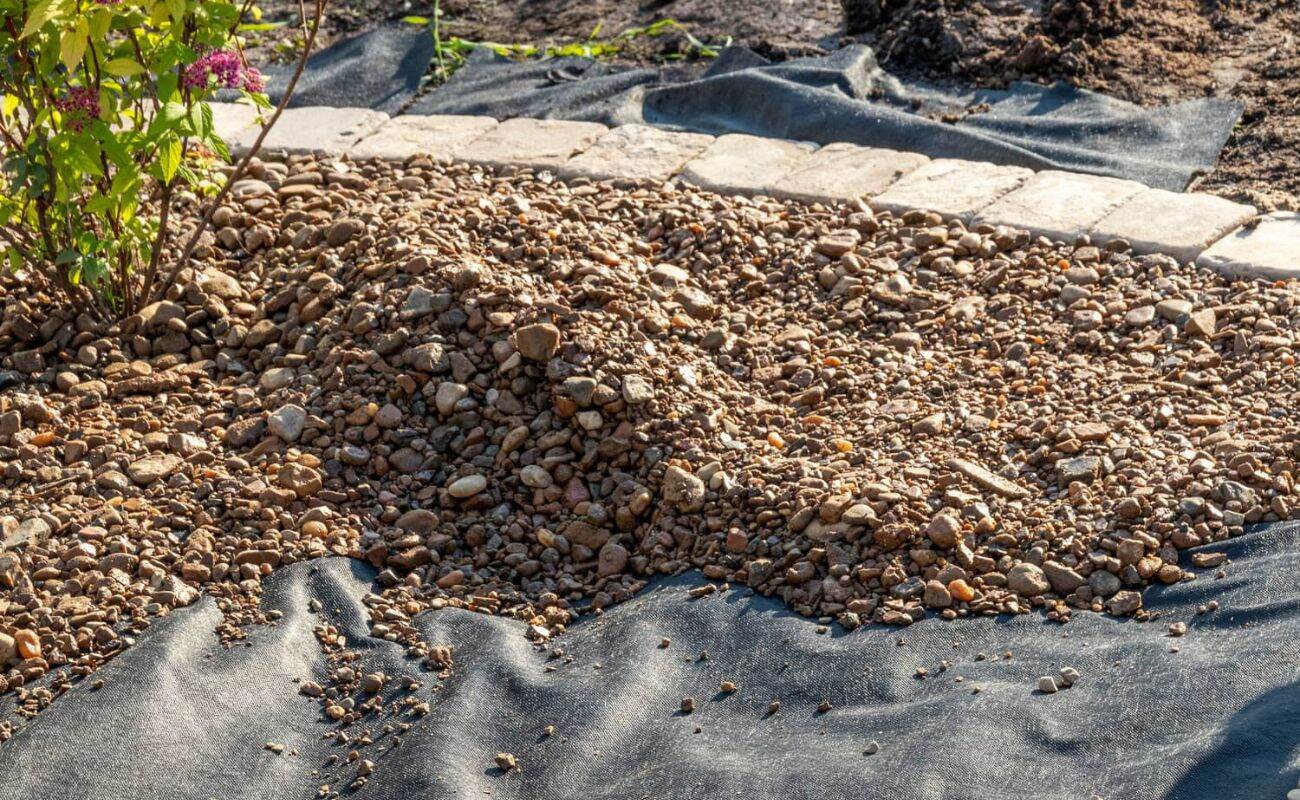
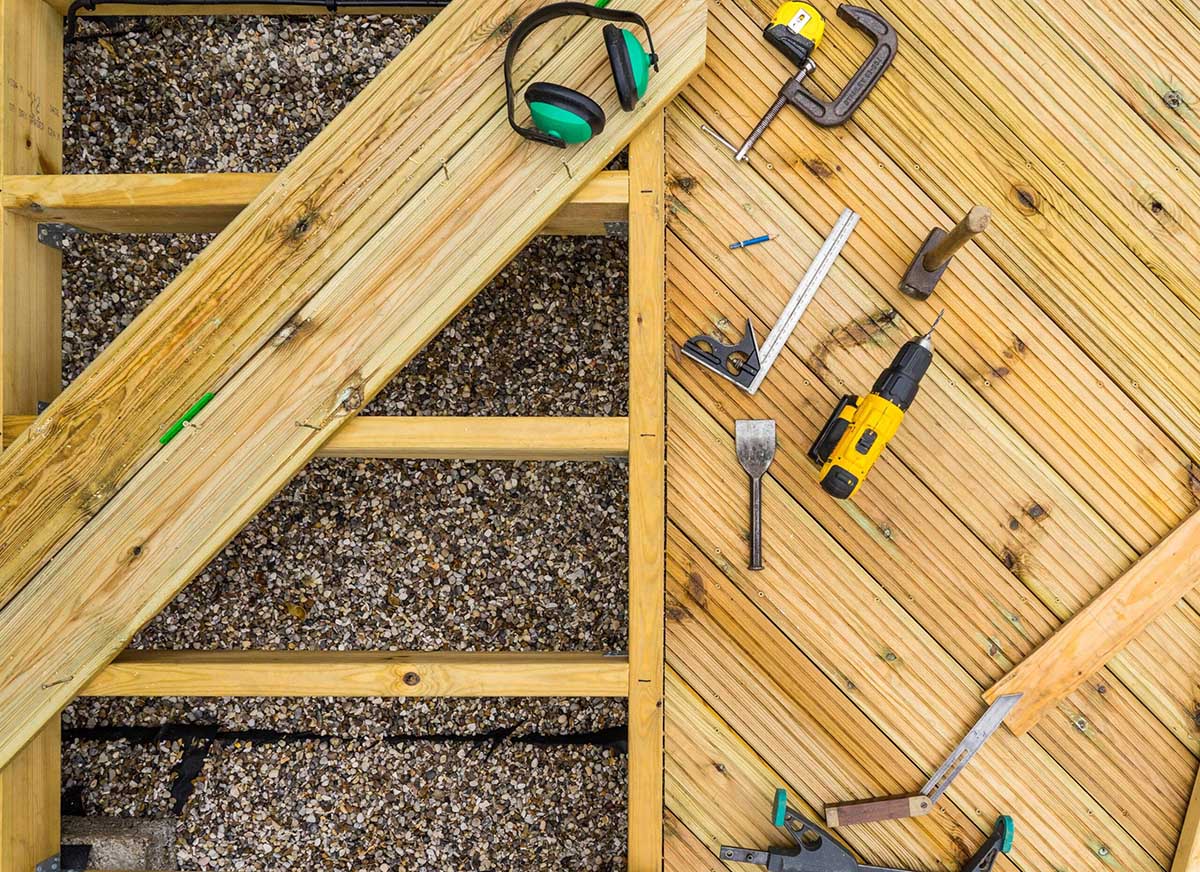
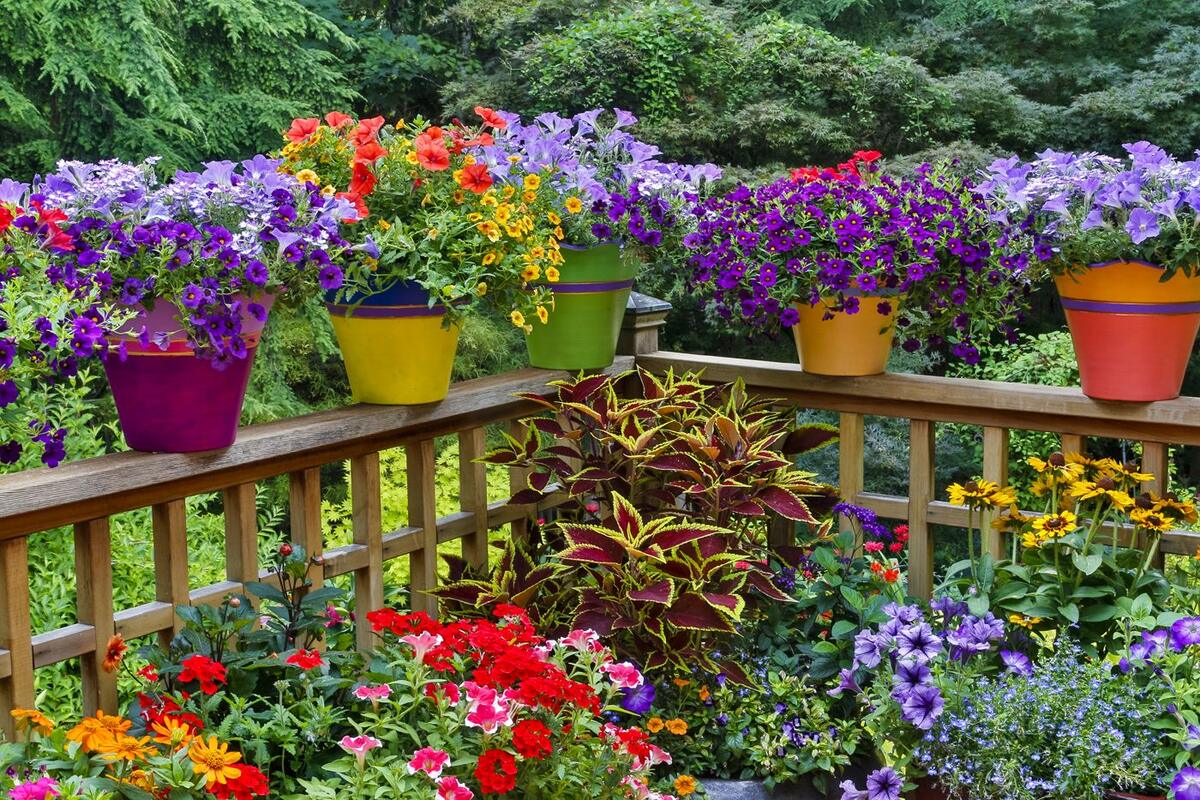
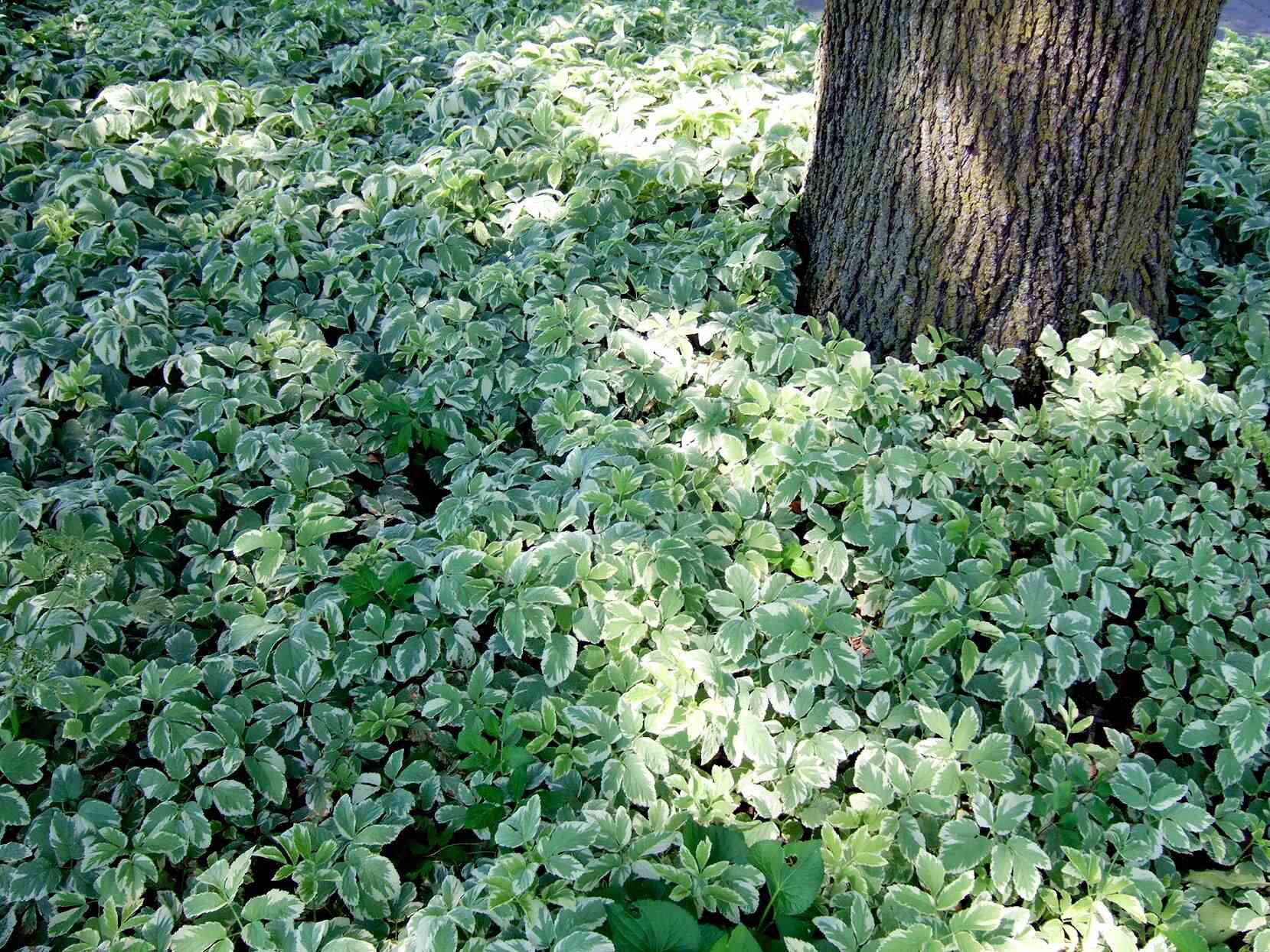
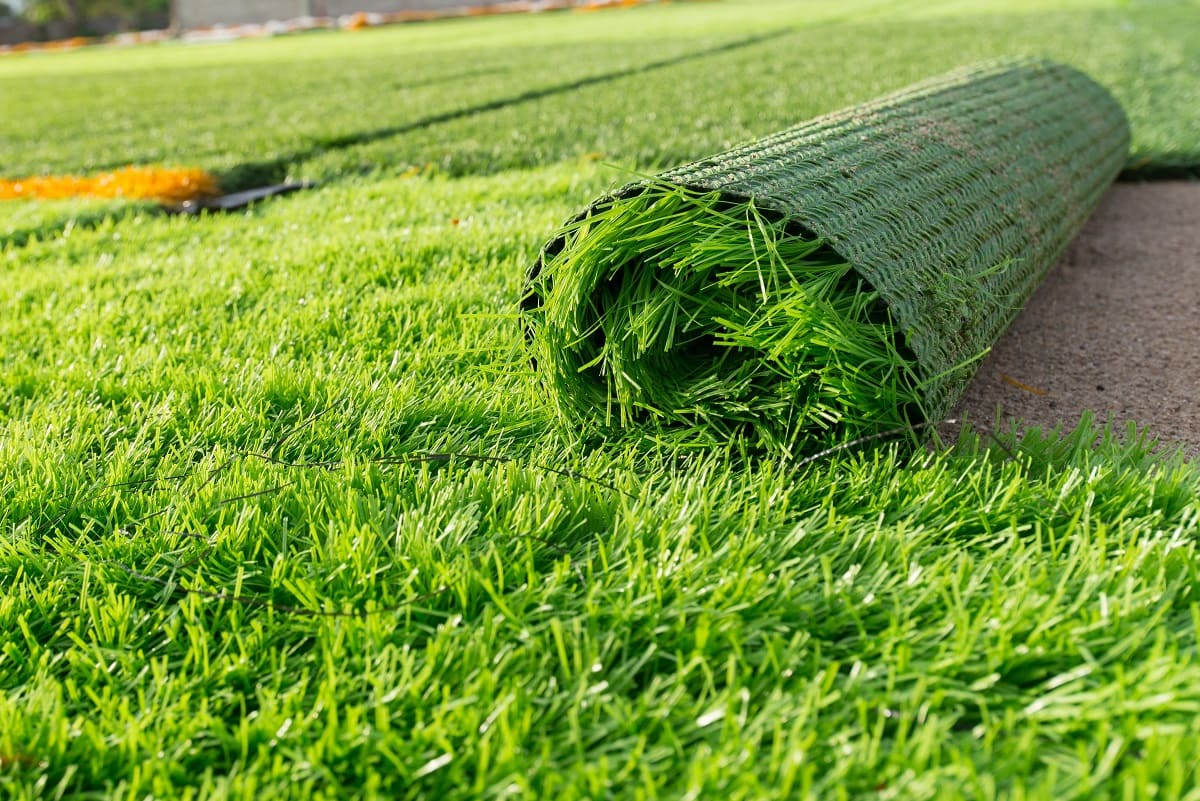
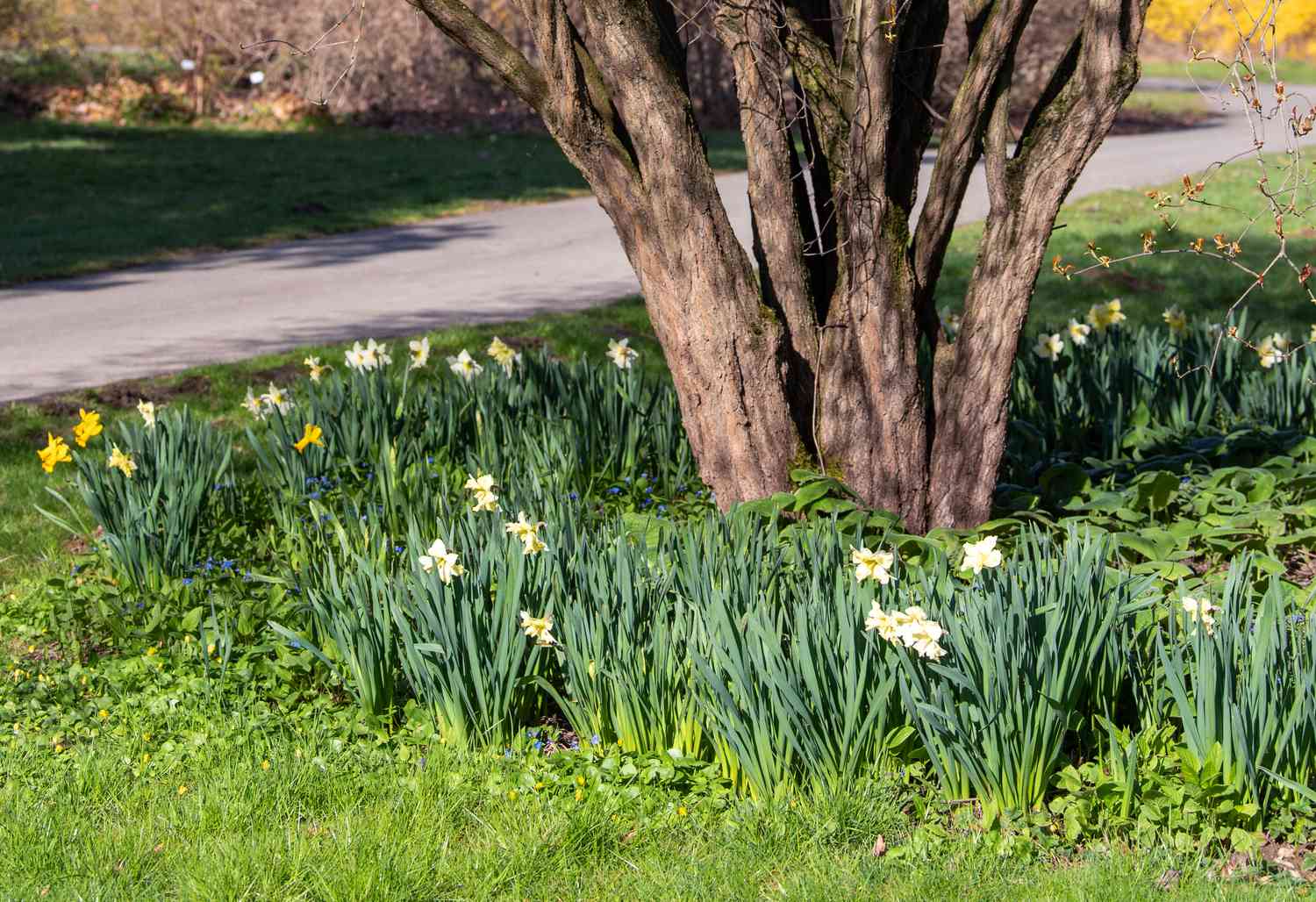
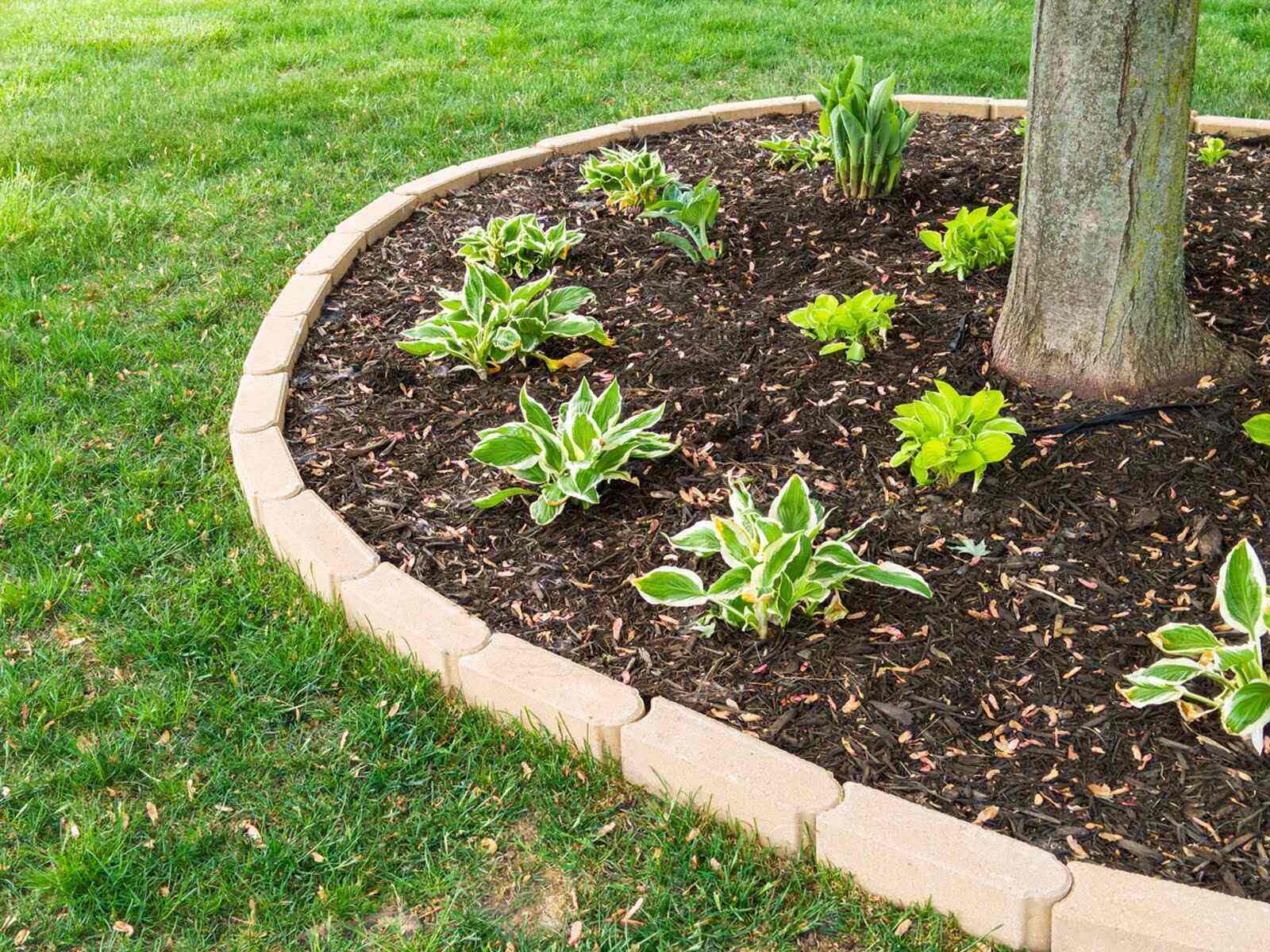
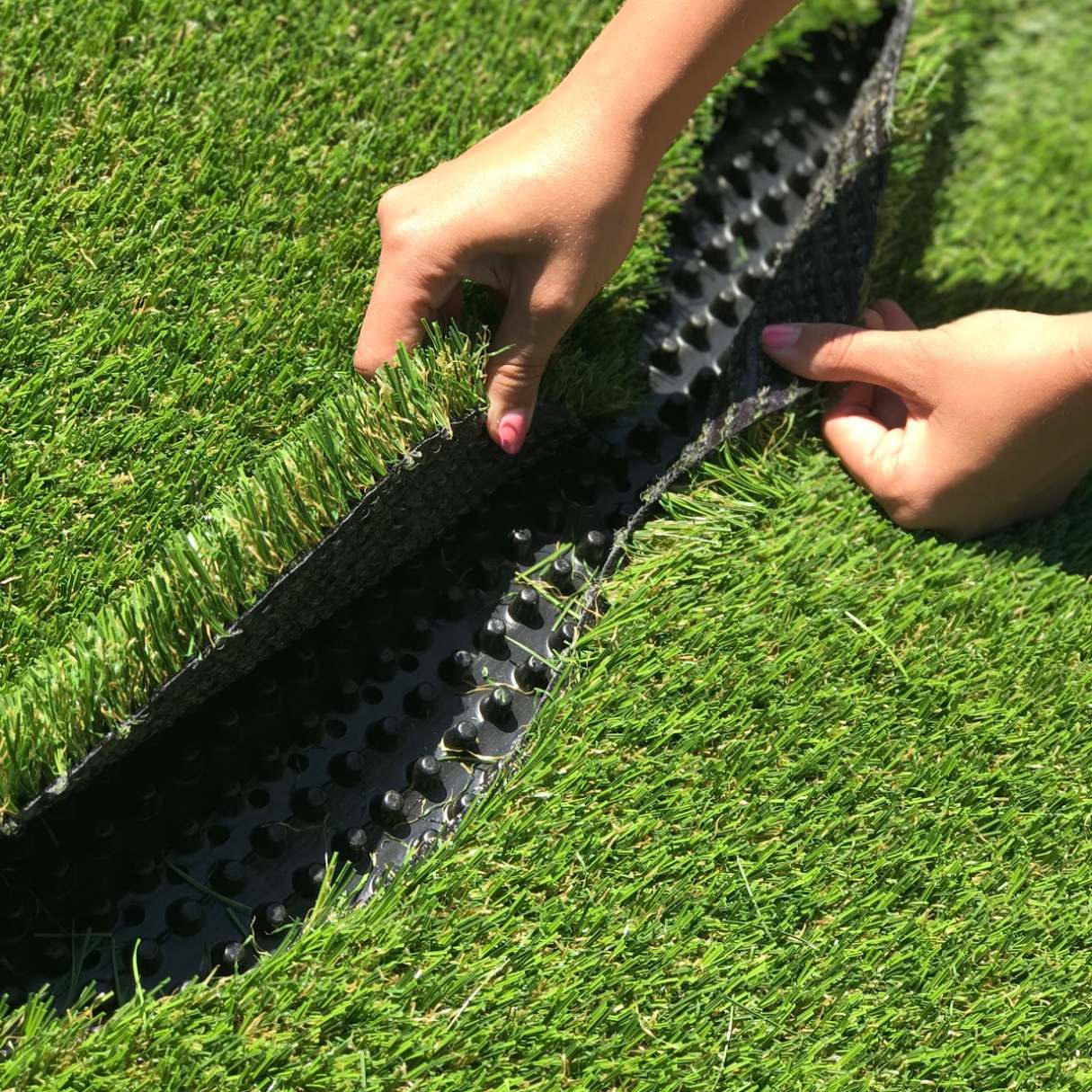
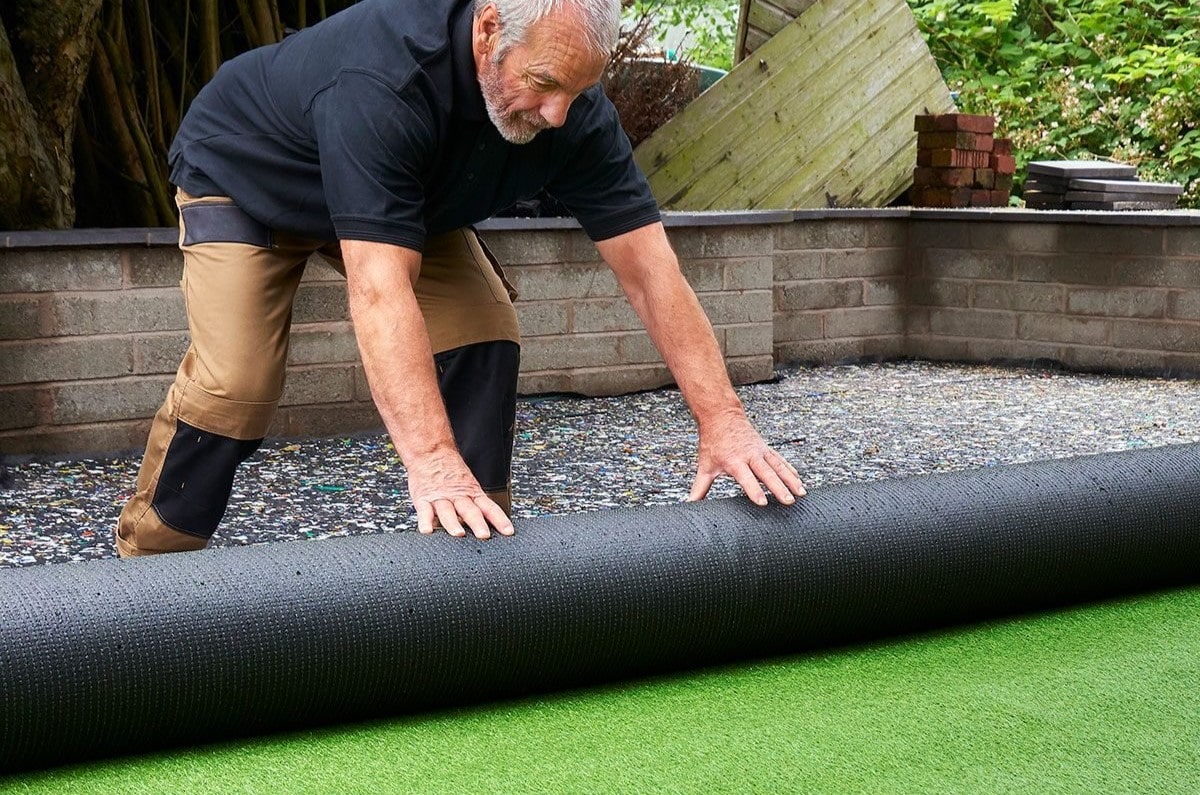
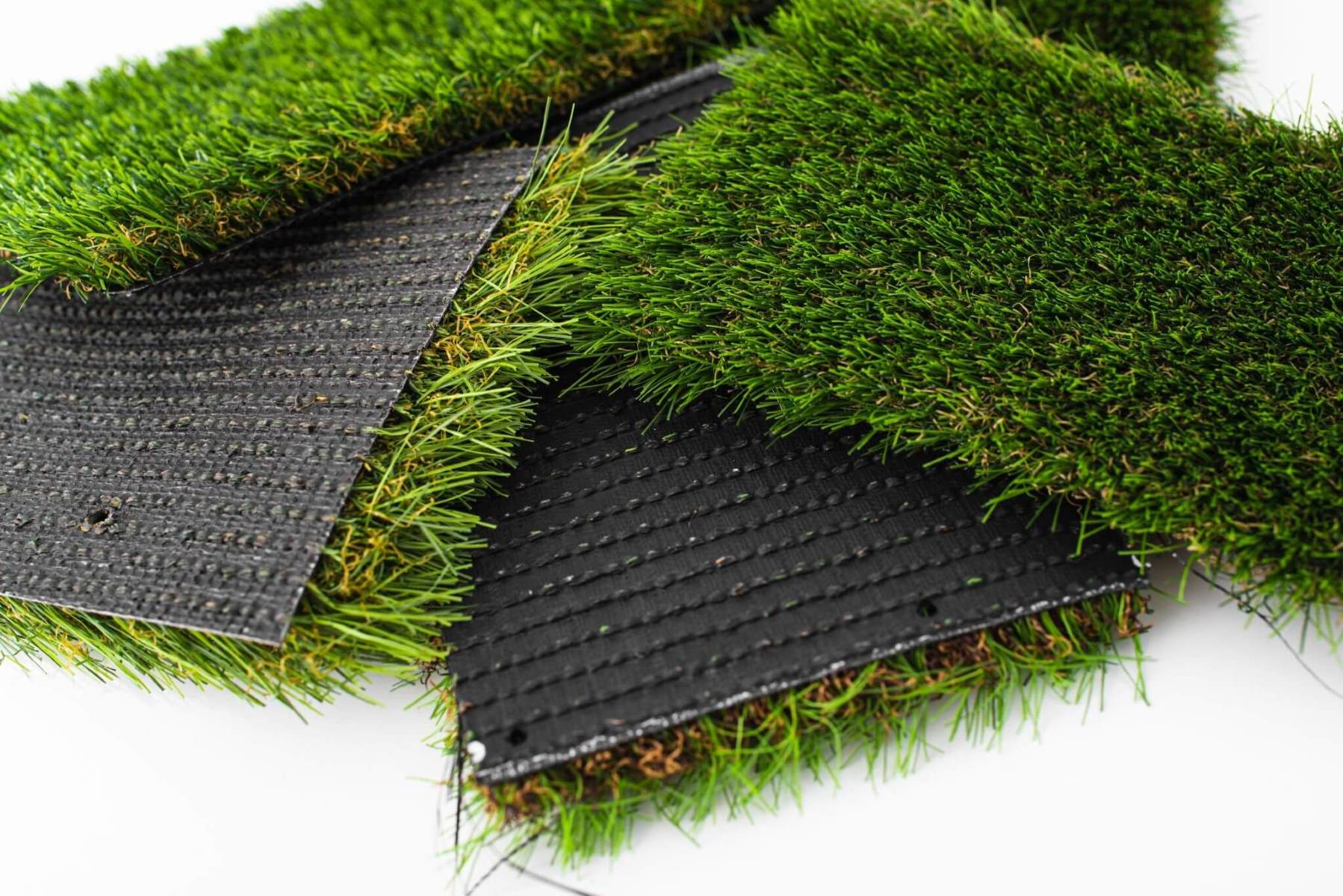
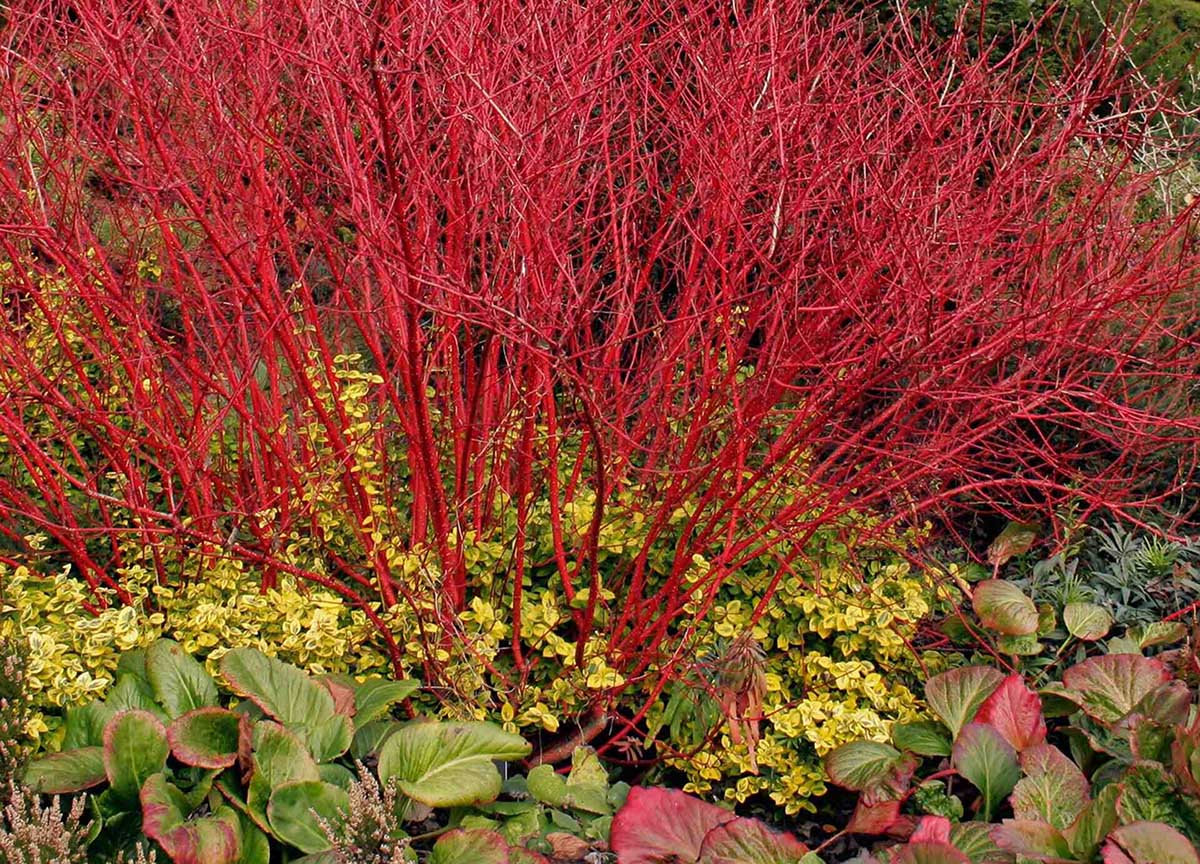
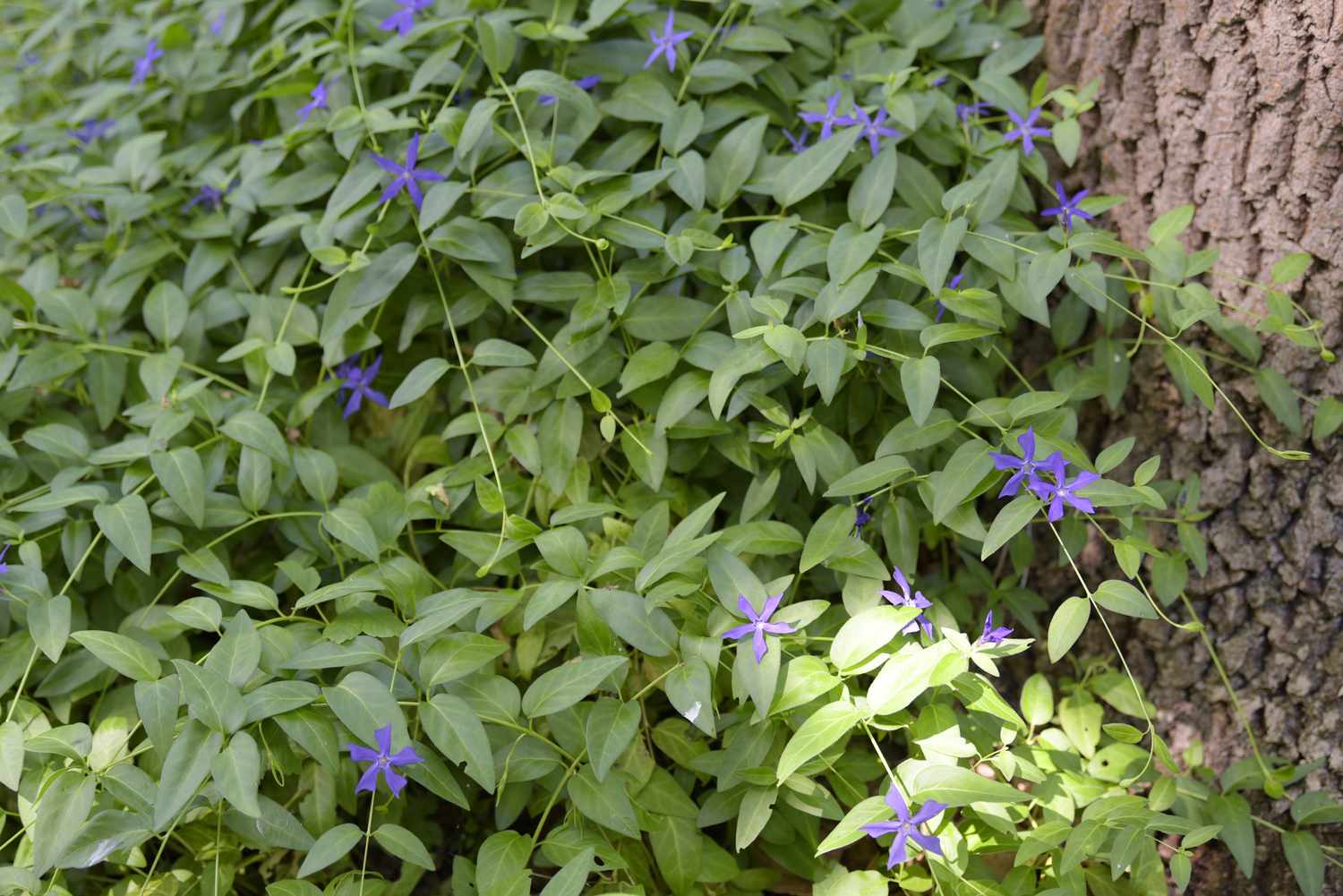
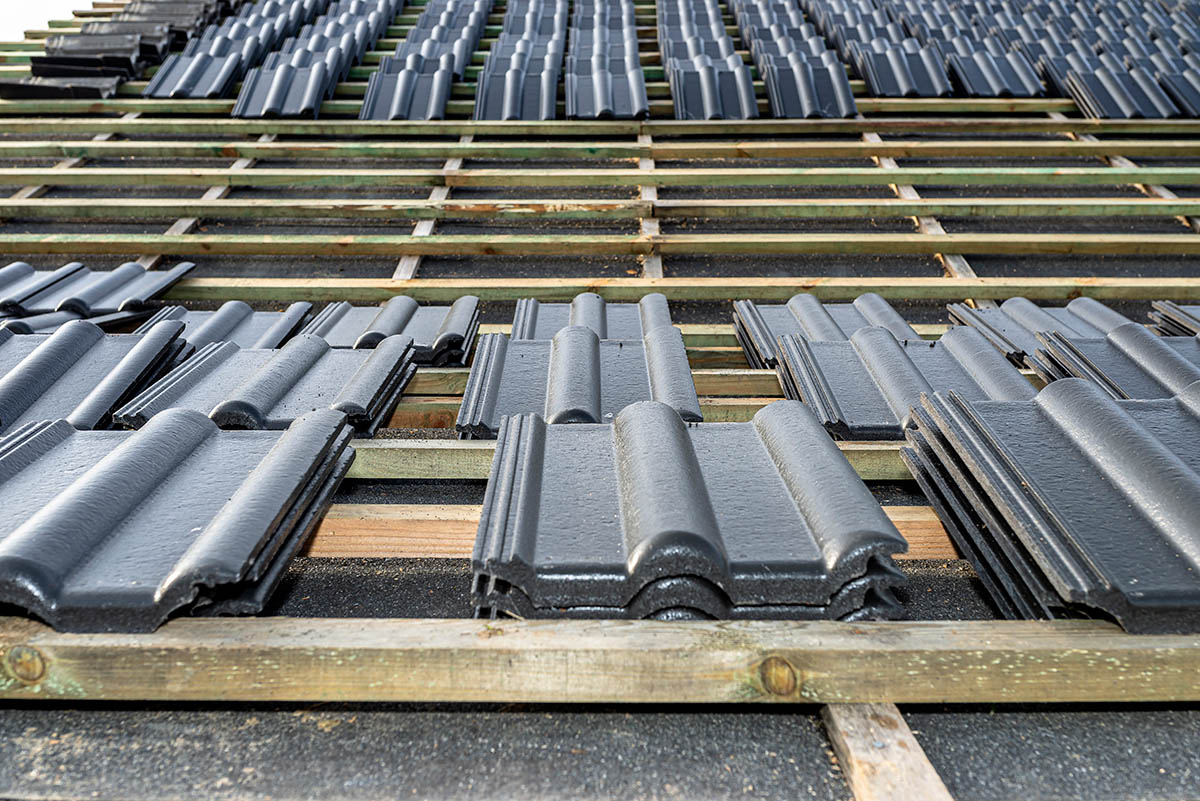
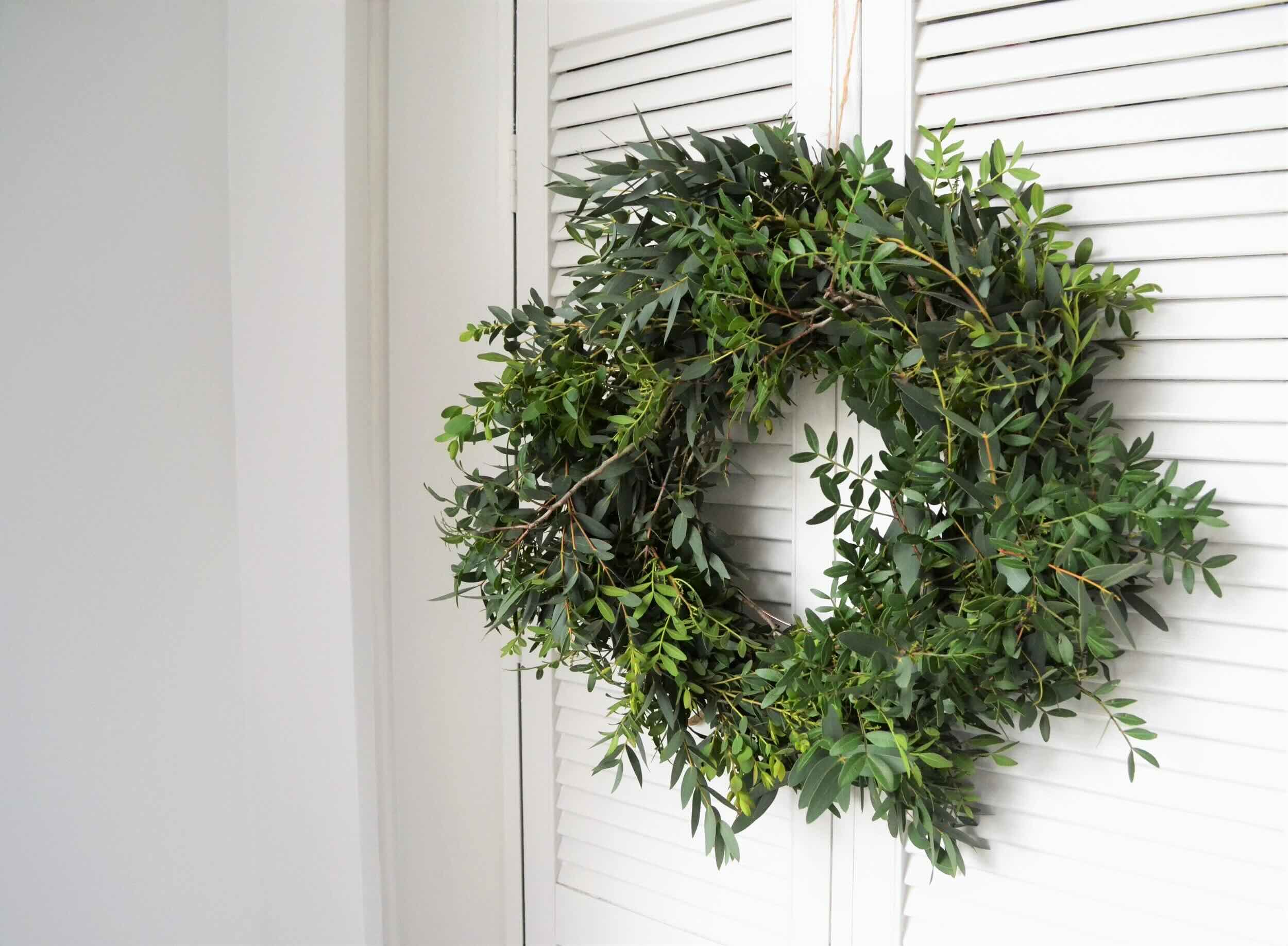

0 thoughts on “What To Use Under Artificial Grass”